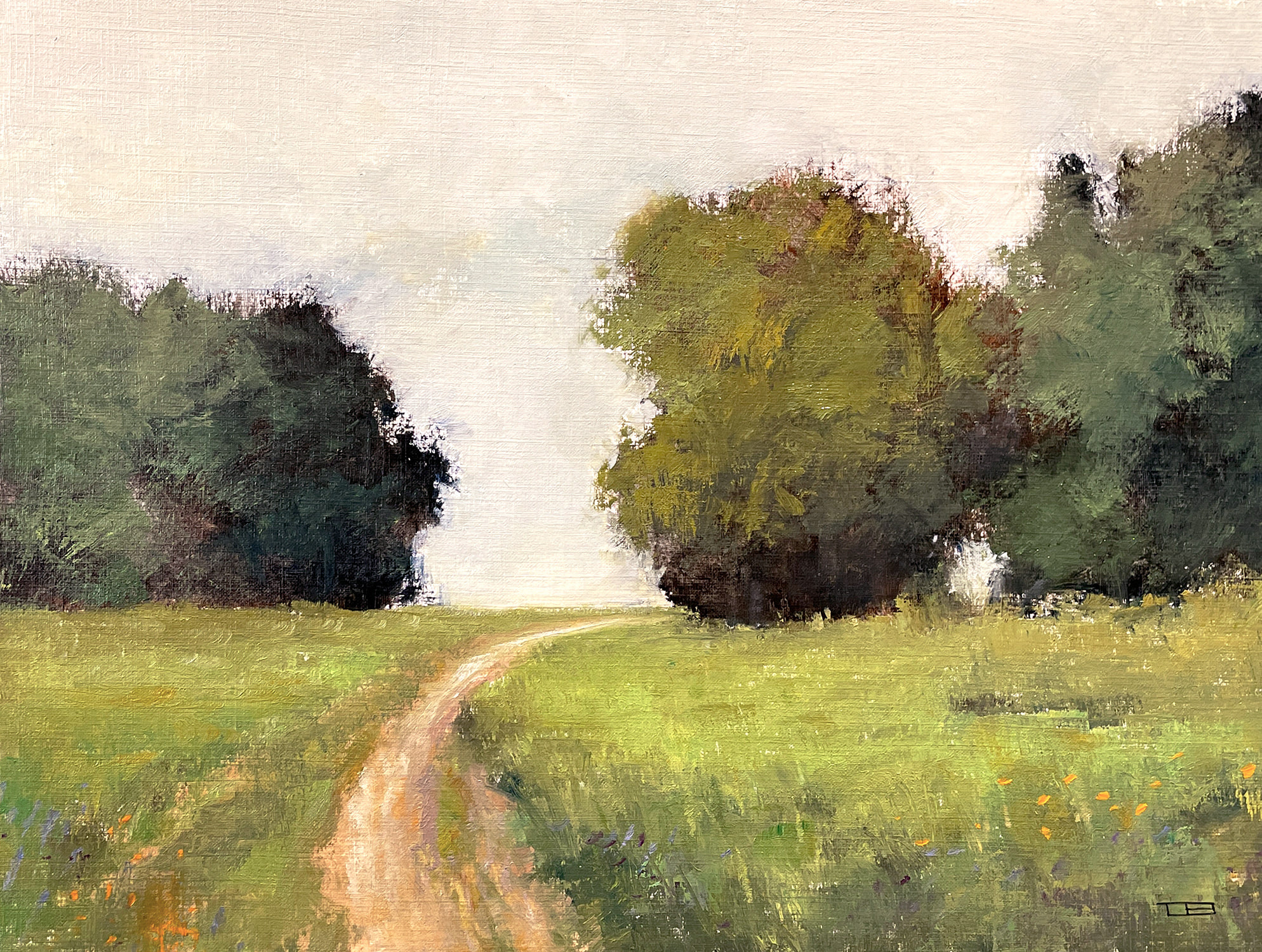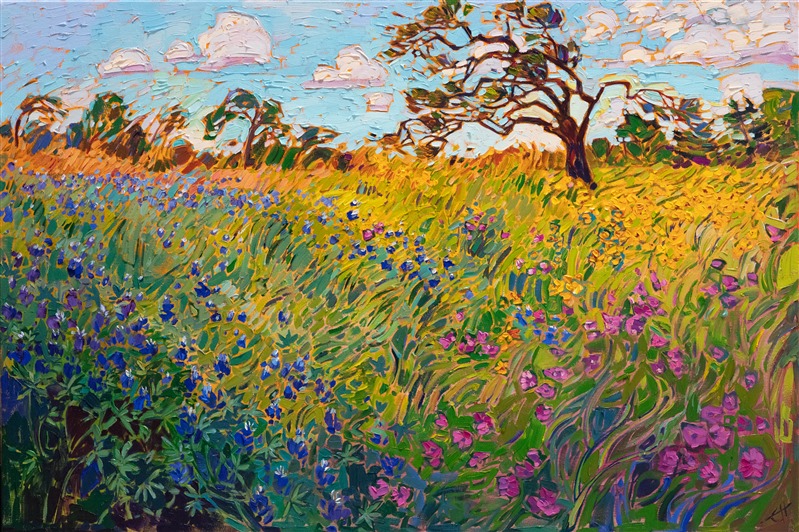Checking out Everything About Oil Paintings: A Guide to Understanding Their Beauty and Value
Oil paintings have captivated target markets for centuries, supplying a glance right into the creative mastery of various eras. Their rich background is linked with cutting-edge strategies and extensive emotional expression. Understanding the products and approaches behind these art work can boost gratitude. In addition, the market for oil paints presents possibilities for investors and enthusiasts alike. As one explores this remarkable world, the question arises: what makes an oil painting absolutely useful?
The History of Oil Paint: A Journey Via Time
Although oil painting has origins that date back to old times, it really flourished during the Renaissance, when musicians found its adaptability and rich color possibility. Early instances can be traced to the 7th century, with methods evolving significantly across cultures. The tool became famous in Northern Europe in the 15th century, particularly with the jobs of artists like Jan van Eyck, who spearheaded its use for in-depth realistic look and dynamic tones. This period noted a departure from tempera paints, permitting greater depth and appearance. As oil painting spread, it influenced plenty of musicians, bring about masterpieces by popular numbers such as Leonardo da Vinci and Rembrandt. The medium's tradition proceeds, forming the art world well into contemporary times.
Recognizing Oil Repaints: Materials and Techniques
As musicians discover the globe of oil paints, they experience a diverse variety of products and strategies that define this medium. The primary elements of oil paint include pigments, which supply shade, and drying out oils, such as linseed, that bind the pigments and promote application. Various additives can customize the paint's structure and drying time, boosting flexibility. Methods like glazing, where transparent layers are accumulated, and impasto, which entails using thick paint, allow for different visual effects. Furthermore, the usage of brushes, scheme blades, and also fingers can create unique structures and coatings. Recognizing these methods and products enables musicians to completely reveal their creative thinking and achieve the wanted influence in their art work.
The Function of Color in Oil Paints
Color plays an essential function in oil paintings, affecting both aesthetic appeal and psychological vibration. Comprehending color concept fundamentals, including the partnerships between tones, can improve an artist's capability to share mood and atmosphere. In addition, understanding shade mixing techniques permits higher deepness and richness in a paint's palette.

Color Concept Basics
Understanding shade theory is crucial for musicians collaborating with oil paints, as it forms the structure for developing aesthetically appealing and harmonious compositions. Shade theory encompasses the research of just how shades engage, the color wheel, and the relationships in between main, secondary, and tertiary shades. Artists utilize corresponding colors to improve contrasts and develop centerpieces, while analogous shades advertise unity and cohesiveness within a piece. In addition, the ideas of warm and trendy colors influence the understanding of deepness and space in a painting. Comprehending these concepts permits musicians to adjust color properly, directing the customer's eye and communicating their designated message. Proficiency of color theory inevitably enhances an artist's capacity to convey emotions and concepts through their work.
Psychological Influence of Color
The emotional effect of shade in oil paintings plays an essential function in just how viewers view and attach with artwork. Shades evoke specific sensations and state of minds, influencing the visitor's mood. For example, warm colors like oranges and reds can create a sense of heat and power, while awesome tones such as blues and environment-friendlies often evoke calmness or self-questioning. Artists tactically select shade combinations to improve narrative aspects, assisting the target market's emotional trip. The saturation and comparison of colors further amplify these effects, attracting focus and producing focus. Eventually, the interplay of colors in oil paints not just improves their aesthetic appeal however likewise works as a powerful medium for emotional expression, enhancing the customer's experience and analysis.
Color Combining Techniques
While lots of elements of oil painting add to the total structure, mastering shade blending methods is important for achieving wanted impacts and depth. Shade mixing can be approached through various techniques, including the additive and subtractive procedures. Additive blending entails incorporating shades of light, while subtractive mixing relies upon pigments, where shades mix to produce new shades. Musicians usually make use of a restricted combination to create harmonious jobs, recognizing the partnerships between primary, second, and tertiary shades. Methods such as glazing and scumbling even more improve deepness and brightness. By skillfully blending shades, an artist can stimulate feelings, develop centerpieces, and accomplish a feeling of realistic look, ultimately raising the painting's visual and psychological impact.
Famous Oil Painters and Their Iconic Functions

Famed for their mastery of color and strategy, oil painters have actually created several of one of the most well known art work in background. Popular artists like Vincent van Gogh astounded audiences with his emotive brushwork in "Starry Night," while Claude Monet's "Impact, Sunrise" prepared for Impressionism. Leonardo da Vinci's "Mona Lisa" continues to be an enduring symbol of creative wizard, showcasing his skill in catching human expression. Rembrandt's "The Evening Watch" shows his ingenious usage of light and darkness. Other significant numbers consist of Pablo Picasso, that reinvented contemporary art with his bold experimentation in works like "Les Demoiselles d'Avignon," and Georgia O'Keeffe, whose vibrant representations of blossoms and landscapes assisted define American modernism. Each musician's one-of-a-kind design contributed considerably to the oil painting landscape.
How to Evaluate the Top Quality of an Oil Paint
Examining the high quality of an oil painting entails a cautious assessment of workmanship methods, as well as an evaluation of shade and composition. Observing brushwork, layering, and the application of paint can expose the artist's ability level. Additionally, the interaction of colors and the total plan of aspects contribute considerably to the painting's visual value.
Examining Craftsmanship Techniques
A precise assessment of workmanship strategies is essential for determining the top quality of an oil painting. Critics ought to initially check out the application of paint; thick, textured brushstrokes may suggest a competent hand, while overly uniform applications can suggest an absence of depth. oil paintings for sale. The layering strategy is also important; the visibility of glazes and varied density can improve luminosity and intricacy. Furthermore, the high quality of the products utilized, such as the canvas and pigments, plays a significant function in resilience and general aesthetic. Attention to information in components like sides and changes in between shades reflects the artist's commitment to their craft. Inevitably, these techniques add to the painting's psychological influence and market value, working as signs of the musician's ability and intent
Analyzing Color and Structure
While assessing the high quality of an oil paint, one have to concentrate on the interplay of color and structure, as these aspects are basic to the art work's total influence. Shade selections can evoke emotions and develop state of mind; for that reason, the musician's palette ought to be examined for harmony and comparison. A well-balanced make-up directs the customer's eye and creates a sense of unity. Artists often employ techniques like the regulation of thirds or leading lines to improve aesthetic rate of interest. Furthermore, the usage of light and darkness can add depth, enhancing the three-dimensionality of the painting. Ultimately, an effective oil painting marries color and composition, engaging the viewer and welcoming a much deeper admiration of the musician's vision and strategy.
Taking care of and Preserving Oil Paintings
Appropriate care and preservation of oil paintings is necessary for preserving their integrity and longevity. To shield these artworks, it is vital to display them far from straight sunlight, which can cause fading and staining. Keeping a stable setting with regulated temperature and humidity further help in preventing damages. Cleaning up must be done gently using a soft, completely dry cloth, preventing any rough chemicals that might harm the paint or varnish. Normal assessments for signs of wear and tear, such as breaking or flaking, are a good idea. When storing or moving oil paintings, correct cushioning and framework are required to stay clear of physical damage. Inevitably, thorough treatment adds to the aesthetic allure and worth of oil paintings in time.
The Market for Oil Paints: Collecting and Spending
Recognizing the market dynamics for oil paints is vital for collection agencies and investors alike. The value of these artworks is influenced by different variables, including the artist's online reputation, historical importance, and existing fads. Collectors commonly look for items that resonate personally while considering prospective appreciation in worth. Auctions and galleries act as primary places for trading, with prices changing based upon demand and rarity. Purchasing oil paintings calls for research into the marketplace, in addition to an understanding of authenticity and provenance. Furthermore, arising artists may offer chances for substantial returns, while established names can command high rates. Overall, a critical approach to gathering can generate both visual pleasure and monetary incentives.

Regularly Asked Inquiries
What Are the Environmental Impacts of Oil Painting Products?
The ecological influences of oil paint products consist of the release of volatile organic substances (VOCs), harmful waste generation, and resource removal for pigments. These variables contribute to contamination and ecological destruction, raising worries among eco conscious artists and consumers.
How Do Different Canvases Affect Oil Painting Results?
Different canvases here affect oil paint results substantially. Absorbency, structure, and surface top quality can change paint application, drying times, and color vibrancy. Artists frequently choose specific canvases to achieve wanted results and improve their creative expression.
Can Oil Paintings Be Restored if Harmed?
Oil paints can undoubtedly be brought back if damaged. Professional conservators make use of numerous methods to repair splits, clean surface areas, and address staining, guaranteeing that the artwork retains its initial charm and value for future generations.
What Are the Indicators of an Original Oil Painting?
The indicators of an original oil painting consist of noticeable brush strokes, texture variants, and an unequal canvas weave (oil paintings for sale). Additionally, credibility might be confirmed with provenance, signatures, and the presence of a varnish layer one-of-a-kind to oil mediums
How Has Modern Technology Influenced Modern Oil Painting Techniques?
Technology has actually significantly influenced contemporary oil painting methods by introducing electronic devices for planning, boosted materials for appearance and durability, and on-line platforms for selling and sharing art, therefore increasing musicians' imaginative opportunities and target market get to. Oil paint has roots that date back to old times, it genuinely flourished during the Renaissance, when musicians uncovered its flexibility and abundant shade potential. The emotional influence of shade in oil paintings plays a crucial function in exactly how viewers link and regard with artwork. While numerous elements of oil paint add to the general composition, understanding color blending methods is important for attaining preferred effects and deepness. Examining the high quality of an oil painting entails a cautious analysis of workmanship techniques, as well as an evaluation of color and make-up. While assessing the top quality of an oil painting, one must focus on the interaction of color and make-up, as these aspects are basic to the art work's total influence.
Comments on “Explore Curated Assortments of Oil Paintings for Sale”